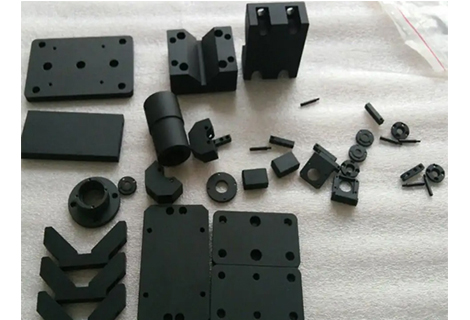As supply chains become more complex and the number of unforeseen disruptions increases, risk management strategies become critical for companies. Companies must be able to identify potential risks and vulnerabilities in their supply chains early and mitigate them before they become significant issues.
However, despite massive supply chain disruptions in recent years, many businesses remain unprepared for future risks. According to a recent survey conducted by Hubs*, approximately 30% of respondents are taking no action to improve the resilience of their supply chains. This result is surprising considering that 76.6% of companies surveyed experienced disruption in 2022 due to external factors. There is a clear need for action on supply chain resilience.
In this blog, we explain five key elements you can use to mitigate future disruptions.
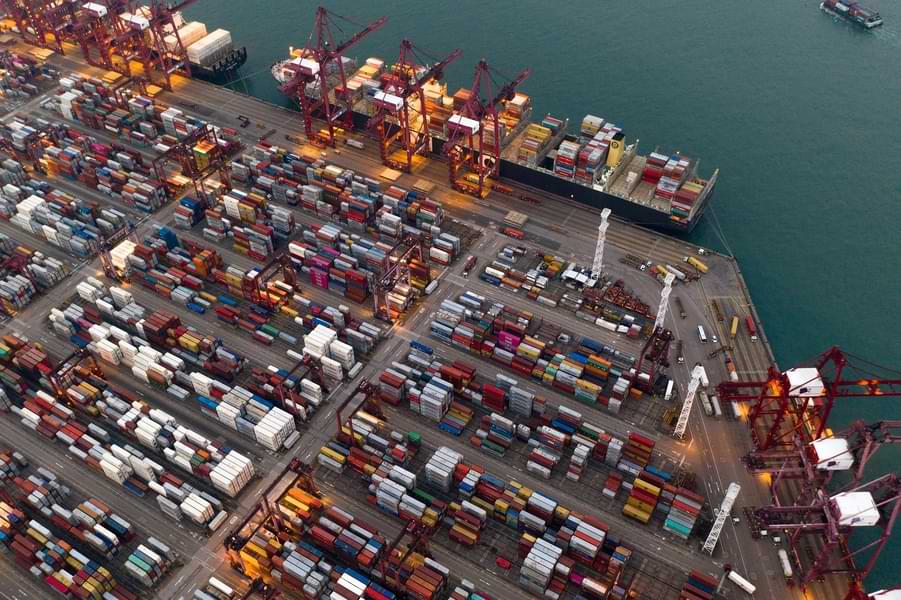
Automated processes can optimize supply chains by increasing productivity and efficiency. Both can help mitigate the impact of certain supply chain risks, particularly those associated with temporary labor shortages and lockdowns. With robotic process automation (RPA), many repetitive manual tasks can be digitized and optimized. This means streamlining supply chains and reducing reliance on manual labour. In 2021, 78% of companies are already using RPA technologies, while only 6% are not considering using them.
Automation can speed up many processes that were previously performed manually. Request for quote and design for manufacturability (DFM) processes can be automated so customers receive accurate quotes in seconds instead of days or even weeks. Contact Richconn and you'll know within hours if your design can be manufactured as-is. Analysis shows which features may cause problems and how to optimize your design.
Automation across the supply chain also ensures that various links work better together; it also improves data sharing and access. Automation of digital processes
(DPA) improves efficiency by integrating various supply chain platforms, effectively connecting processes and creating greater transparency and visibility. In turn, suppliers can monitor processes and identify material needs as well as bottlenecks and weak links in the supply chain.
While inconsistent with modern lean manufacturing strategies, maintaining safety stock can significantly increase supply chain resiliency. This way you create an effective buffer so that you have enough material and can continue production if supply bottlenecks arise. Safety stock is especially valuable for critical parts or parts that are only available from specific suppliers.
Cost has so far hindered willingness to build safety stocks broadly. However, with the help of AI-driven cost analysis and forecasting, supply chain partners can now more accurately predict the likelihood and cost of supply chain disruptions and balance this with the cost of replenishing inventory. In other words, while supply chains used to be managed reactively, smart technology can now take more proactive action. With the help of predictive models, it is also possible to predict other changes, such as consumption trends and the resulting decrease or increase in demand, so that production and inventories can be adjusted accordingly.
You can also increase supply chain flexibility by partnering with Prototype Manufacturer. This helps you effectively balance demand fluctuations and reduce inventory costs. Depending on the product, safety stock or on-demand production can play an important role in increasing the long-term resiliency of the supply chain.
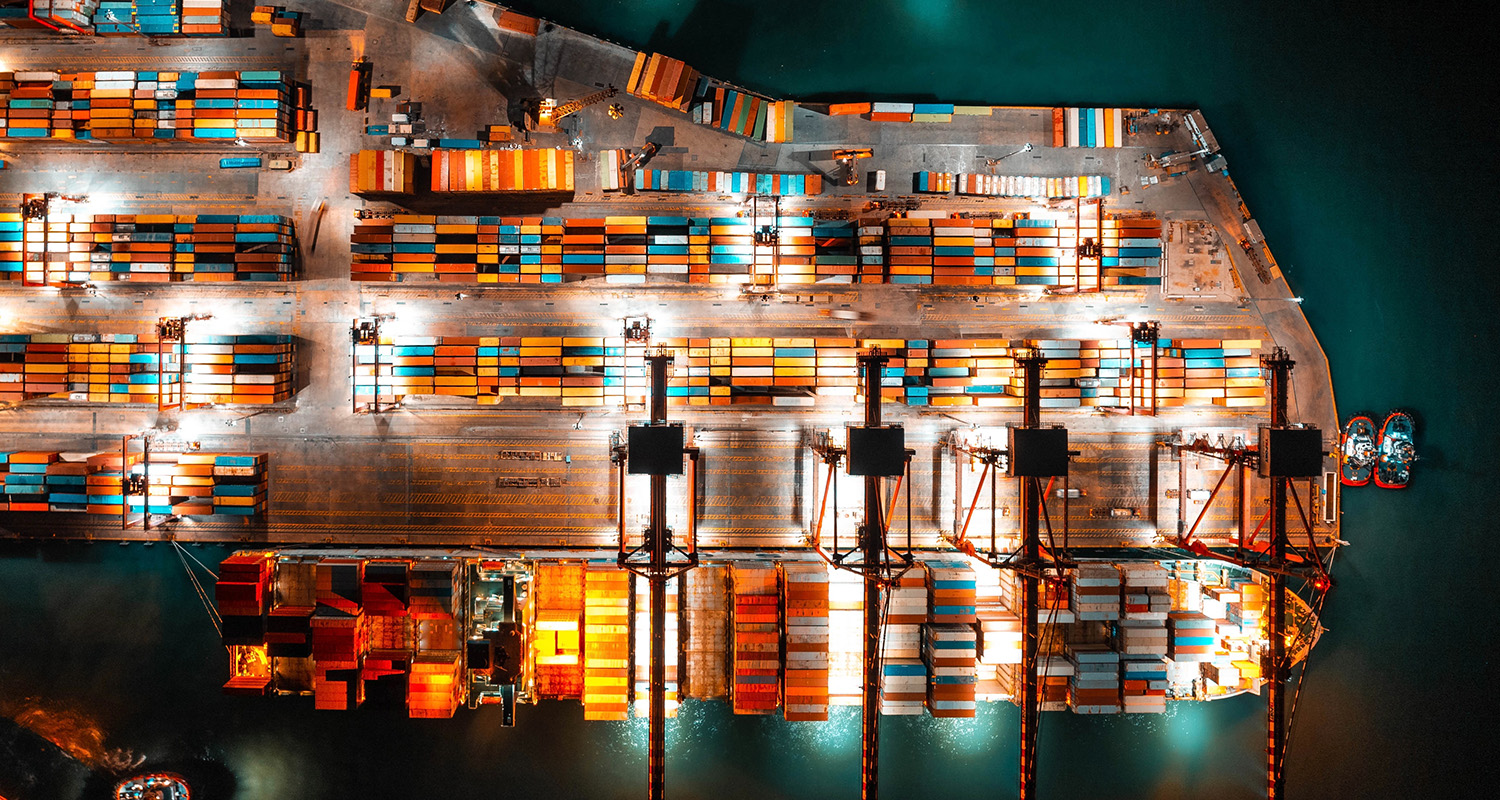
Supply chain diversification is critical to its resilience. Recent history makes this clear: while production in China was repeatedly crippled by pandemic-related lockdowns between 2020 and 2023, in Europe, overreliance on Russian gas supplies is leading to severe energy bottlenecks. According to a new survey from Hubs, 41% of companies believe supply chain diversification is the best way to avoid future disruptions.
With a strong distributed network of suppliers or potential suppliers, supply chains can adapt to regional disruptions and changing geopolitics. If there is an outage in one geographical area, the gap can be filled with deliveries from other areas.
Having as many suitable manufacturers as possible is critical to supply chain diversification. The more specialized or complex the production of a product, the narrower the range of possible production partners. The more you simplify your product design by integrating or eliminating complex features, the better your chances of finding the right supplier.
Richconn has its own CNC machining shops in China, as well as an extensive global digital network of high-quality manufacturing partners managed through the center. You can learn more about our modern manufacturing model here.
Not only does external flexibility contribute to supply chain resilience, internal processes also play an important role. Startups are especially known for their agility, which facilitates rapid and dynamic business growth. However, larger, established companies can also adopt this kind of agility. The more efficiently teams can work together and act autonomously at the same time, the faster and more flexible internal processes such as product development will become. Agile strategies prioritize collaboration with customers or stakeholders at every stage of development and use feedback for continuous improvement. This ultimately improves product quality as well as process transparency and efficiency. At the same time, risk is reduced because every project step is monitored and evaluated. With agile methods, you can make your internal processes more flexible and adapt seamlessly to market changes. 93% of companies said their agile business units performed better than other areas during the pandemic.
In manufacturing, first-tier suppliers are companies that supply parts or materials directly to original equipment manufacturers (OEMs). Tier 1 suppliers are supplied with parts or materials by Tier 2 suppliers, who in turn purchase parts or materials from Tier 3 suppliers. Generally speaking, most companies only monitor first- and second-tier suppliers as their key suppliers. But third-tier suppliers can also play a vital role throughout the supply chain. Delays at this level can impact the entire supply chain. Careful monitoring of each level allows you to identify warning signs early and take action.
However, monitoring the supply chain from raw materials to finished goods can sometimes be complex and time-consuming. This may explain why this method is the least favored according to surveys. Only 11.6% of respondents believe thorough supply chain monitoring is an effective measure to avoid disruptions.
Fortunately, there are now software tools that can simplify supply chain monitoring. Additionally, companies are considering using new technologies such as artificial intelligence and machine learning to optimize their supply chains. Although only 13.1% of companies surveyed currently use artificial intelligence and machine learning, 90.9% believe these technologies are useful.
(1) Supply chain mapping to monitor the entire supply chain (not just layer 1 and layer 2)
(2) 24/7 supplier monitoring to detect disruptions early
(3) Calculate disruption risk and potential sales loss
The past few years have shown that supply chain disruptions can occur at any time. As a result, companies must transform and improve their supply chain processes to minimize vulnerabilities and increase resilience.
There are many tools and strategies available today to achieve this. Automated technologies, diverse supply networks and agile internal processes facilitate the creation of strong, future-proof supply chains that can withstand widespread disruption. Resilience is a must for companies that want to succeed in the long term and face future challenges.
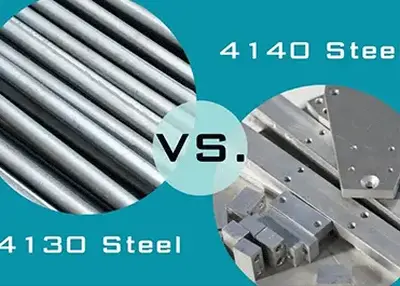 4140 vs 4130 Steel: A Comparison of Two Common Alloy SteelsNovember 27, 2023Steel is one of the most widely used materials in various industries, such as construction, automotive, aerospace, and manufacturing. Steel has many types and grades, each with different chemical compositions and mechanical properties.view
4140 vs 4130 Steel: A Comparison of Two Common Alloy SteelsNovember 27, 2023Steel is one of the most widely used materials in various industries, such as construction, automotive, aerospace, and manufacturing. Steel has many types and grades, each with different chemical compositions and mechanical properties.view Tig vs Mig Welding: Choosing Between Two Great WeldingNovember 16, 2023When comparing MIG and TIG welding, it is important to consider the factors involved, the pros and cons they have, and the applications they are suitable for.view
Tig vs Mig Welding: Choosing Between Two Great WeldingNovember 16, 2023When comparing MIG and TIG welding, it is important to consider the factors involved, the pros and cons they have, and the applications they are suitable for.view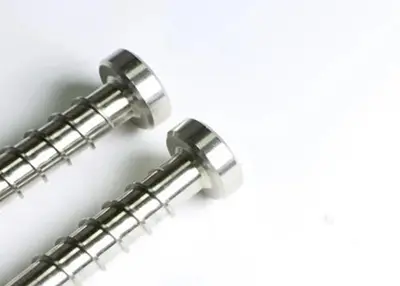 The Ultimate Guide to Different Types of Screws 2024January 10, 2024Screws are one of the most common fasteners in the world. Let’s discover various types of screws, materials, and applications. Get tailored excellence in fastening solutions!view
The Ultimate Guide to Different Types of Screws 2024January 10, 2024Screws are one of the most common fasteners in the world. Let’s discover various types of screws, materials, and applications. Get tailored excellence in fastening solutions!view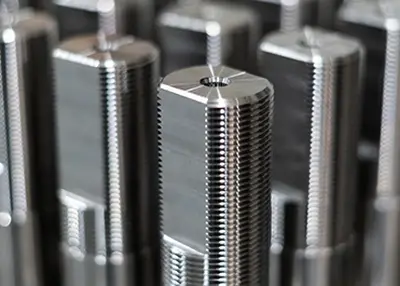 Drill and Tap Specification ChartNovember 17, 2023In CNC machining, the usual process is to use a drill bit to drill a hole in the workpiece and then use a tap of the appropriate size to cut the desired threads in the hole. This ensures that the threads match the design requirements and can ensure that the threads fit correctly with other components.view
Drill and Tap Specification ChartNovember 17, 2023In CNC machining, the usual process is to use a drill bit to drill a hole in the workpiece and then use a tap of the appropriate size to cut the desired threads in the hole. This ensures that the threads match the design requirements and can ensure that the threads fit correctly with other components.view Unlocking Precision in CNC Machining: Understanding Straightness and FlatnessNovember 17, 2023As a leading precision machine shop, Richconn stands committed to delivering unrivaled precision and excellence in every aspect of our work. Dive into the world of geometric accuracy with us as we explore the pivotal concepts of "straightness" and "flatness" in CNC machining.view
Unlocking Precision in CNC Machining: Understanding Straightness and FlatnessNovember 17, 2023As a leading precision machine shop, Richconn stands committed to delivering unrivaled precision and excellence in every aspect of our work. Dive into the world of geometric accuracy with us as we explore the pivotal concepts of "straightness" and "flatness" in CNC machining.view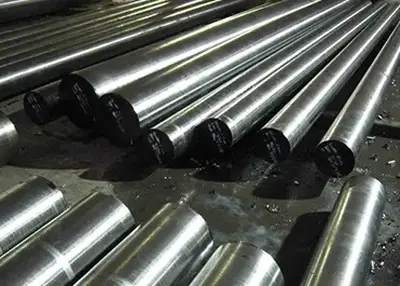 4140 Steel: A Versatile Alloy with Excellent PropertiesDecember 7, 2023Steel is one of the most widely used materials in the world, thanks to its strength, durability, and versatility. However, not all steel grades are the same. Depending on the chemical composition and the heat treatment, different steel grades can have different properties and applications.view
4140 Steel: A Versatile Alloy with Excellent PropertiesDecember 7, 2023Steel is one of the most widely used materials in the world, thanks to its strength, durability, and versatility. However, not all steel grades are the same. Depending on the chemical composition and the heat treatment, different steel grades can have different properties and applications.view
 EN
EN
 ru
ru 


